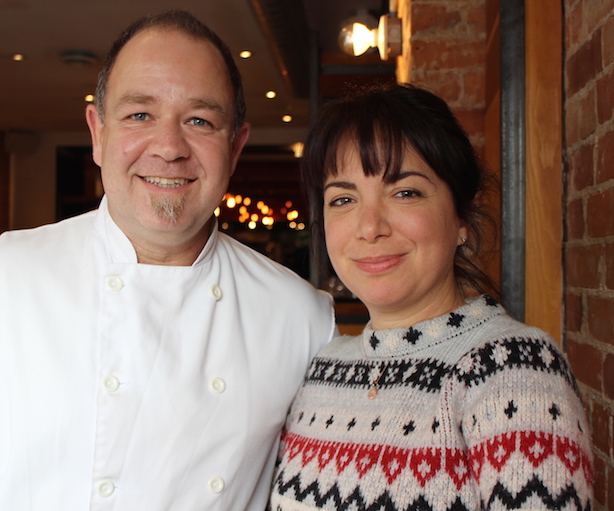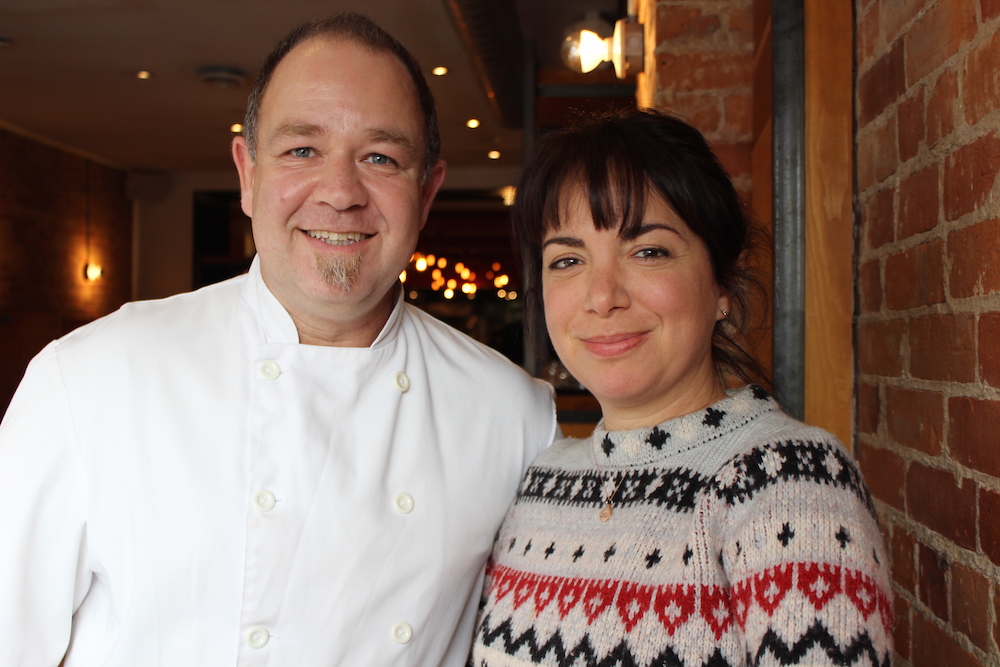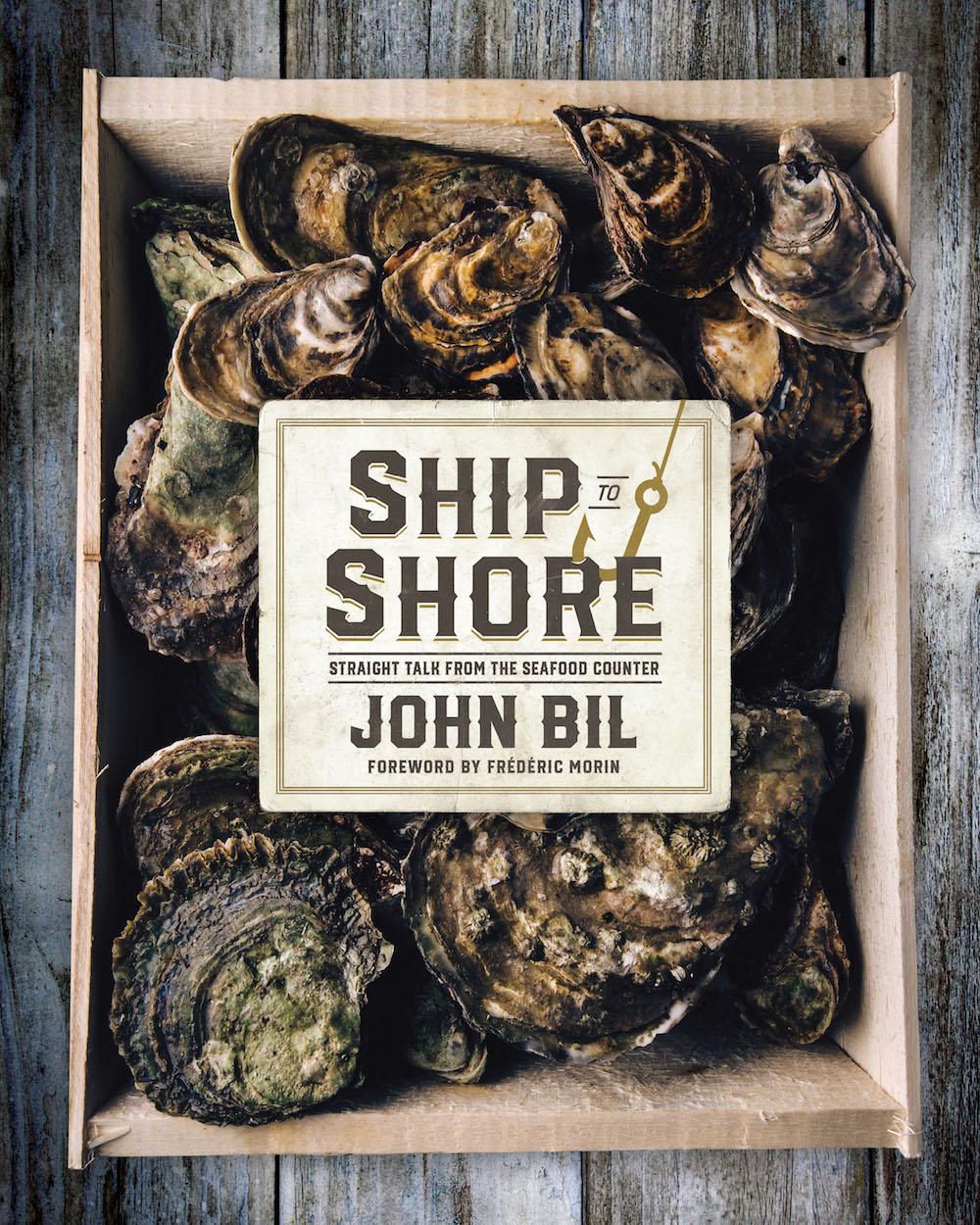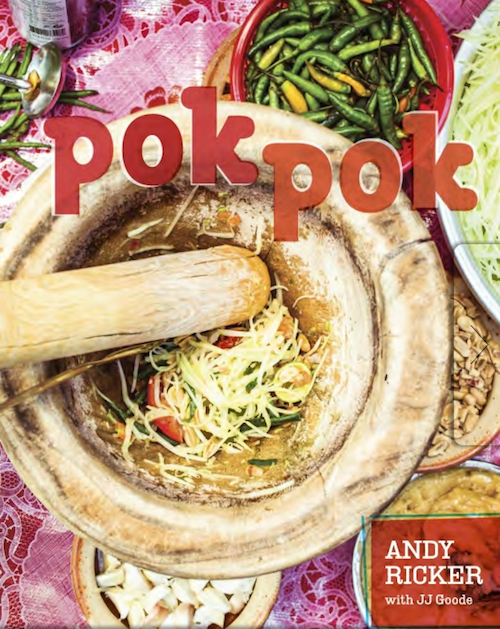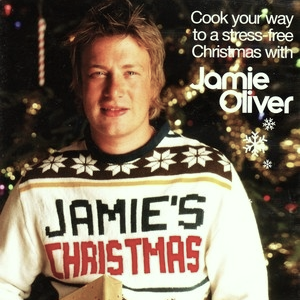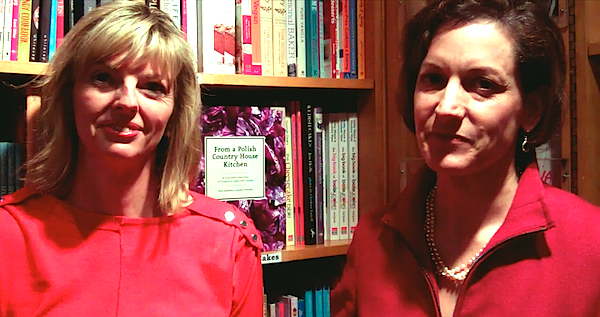Author, journalist and food editor Amy Rosen belongs to that ever so rare class of Canadian food writers who know as much as what’s going on in Vancouver, Calgary, Montreal, Halifax, and St. John’s as Toronto. (She’s handy for tips Stateside and abroad, too, but we digress…). But her latest project is firmly rooted in her hometown of Hogtown. Toronto Cooks is an epic cookbook comprising of more than 100 recipes from four dozen Toronto restaurants that range from donut shops to $40 a plate white linen temples of gastronomy. It’s an amazing document and cross-section of the city’s creative culinary scene in the middle of the second decade of the 21st Century.
I sat down with Rosen (who I consider a friend) at Pizza Libretto’s original Ossington location to find out more about how Toronto Cooks came through the interview below. Before I turned on my recorder, chef Rocco Agostino came over to say hello and sing Rosen’s praises. He also said they’d sold out of their store copies of the book and had to order more.
This Interview has been edited for clarity and style…
Good Food Revolution: So, my initial reaction to Toronto Cooks was, ‘Why hasn’t anyone done this before?’ I guess they have in the past, but not recently; not in this amazing modern era of Toronto restaurants. Did you bring the idea for the book to your publisher? Or did they come to you?
Amy Rosen: Someone came to me, in this modern era! I am sure Joanne Kates had a book like this at some time. Douglas & McIntyre did Vancouver Cooks a few years ago and it was a bestseller. But it was a fundraising book and it was the top chefs of the city: high end with tall plated food on white dishes. The pictures were all of chefs in chef’s whites; they even had their hats on. So, I had done a story in Food Arts magazine a few years ago about the new Toronto food scene, and the people at my publisher Figure 1 had seen this and asked if I would be interested in doing a Toronto version of Vancouver Cooks. I said, “Yes, but only if I can do the exact opposite.” Because what’s happening in Toronto today is global, it’s doable, it’s snacky, it’s delicious and it’s not pretentious. So I said, I’ll do it if it’s like the story you read that you liked and if I can hire the photographer I want, Ryan Szulc, and if i can hire my old editor. I am not a control freak, but I was coming out of being a food editor and I knew wanted the shoots to look like: I wanted the chefs in their street clothes. I wanted the book to be about the fun food culture that is Toronto today.
GFR: Well, you were offering to work, right?
AR: Yes, I was offering to do the work. And, number one, I wanted doable recipes! Coming from what I do as a food editor, the most important thing for me is people cooking for themselves. So, I had to marry the concept of enjoying going to the restaurants they love with being able to have success cooking the dishes in their own kitchens.
GFR: How did it work? Would you go to Rocco [Agostino] and ask him for his spicy meatball recipe, or did he choose it?
AR: It was a tight deadline, so I kept it simple with all the chefs. I said, “Give me two recipes, and I might have to ask you for another.” I asked them to give me that reflected how they wanted their restaurant to be perceived and that was doable at home. I was nervous, because maybe 20 people are going to hand in a burger recipe. But, because of the diversity of restaurants in Toronto it wasn’t a problem. We have every kind of cuisine in the book: hi, lo, here, there. I only had to ask one restaurant for a follow-up recipe, and that’s because there are two Thai restaurants and both gave me a recipe for Pad Thai.

GFR: There are a lot of restaurants in this book.
AR: There were 50, but two had to drop out last minute, so there’s 48 and over 100 recipes.
GFR: Was it easy to come up with four dozen restaurants?
AR: You know what? It was. The book is about what I love and the story I think should be told about this city. I wanted diners and burgers, but I also wanted Boulud: everything from burgers to Boulud! And maybe even a Boulud burger!
I just sat down for an hour at the cottage and at the end I had 75 restaurants. I thought if some said no, then I could come up with 25 more. I think by the time I asked 60, I had 50 signed-up.
I told my publisher that we’d know within a week if it was going to work or not, because the book couldn’t go ahead without the right restaurants involved. Within four days we had it.
GFR: Who gave you the most complicated recipe in the book?
AR: There are a couple. I explained to the chefs that I wanted the recipes to be about who they are and what they do, but I also wanted this book to be a stained and dog-eared cookbook on the kitchen counter that people are actually using. Not the French Laundry Cookbook! Still, there are two restaurants, and Ill name them: bosk at The Shangri-La and Café Boulud that are complicated. With their recipes (, I thought it’s going to take people a while to do these, but it’s true to who they are and the instructions were clear so people could do them. But their dishes are more like projects than something you’d whip up for a weeknight meal.
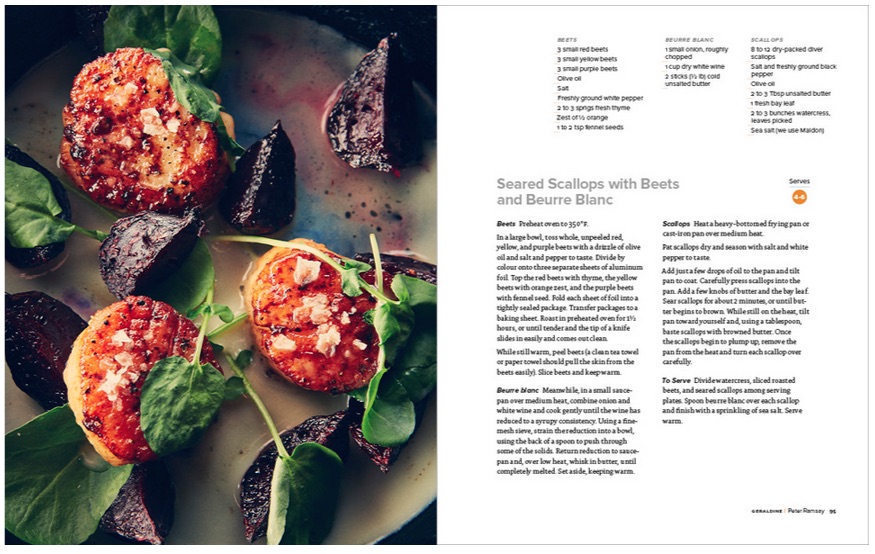
GFR: I know the book is selling well, but are people cooking from it? Are you getting any feedback?
AR: OK, this is what I love: on Twitter and Instagram people are sending me pictures all the time! I think every recipe has been covered. People aren’t just doing Ezra [Brave’s] hummus, they’re going for it and doing it all. I have actually had to ask people whether they took a picture in the restaurant or did they make it. And they made it! So, that’s been a big thrill.
GFR: So the scene has changed, and Toronto Cooks reflects this, but I guess so has the audience?
AR: Totally. It’s not just that people in their 20s and 30s are more interested in food, it’s that the restaurants aren’t stuffy anymore. So, you don’t have to get dressed up, you don’t have to (or can’t) make a reservation and if you’re hitting the Ossignton strip where we are and you can’t get into one place, there are 20 others you can try. It’s great.
Find out more about Amy Rosen at amyrosen.com.
 Malcolm Jolley is a founding editor of Good Food Revolution and Executive Director of Good Food Media, the company that publishes it. Follow him on Twitter or Facebook.
Malcolm Jolley is a founding editor of Good Food Revolution and Executive Director of Good Food Media, the company that publishes it. Follow him on Twitter or Facebook.

